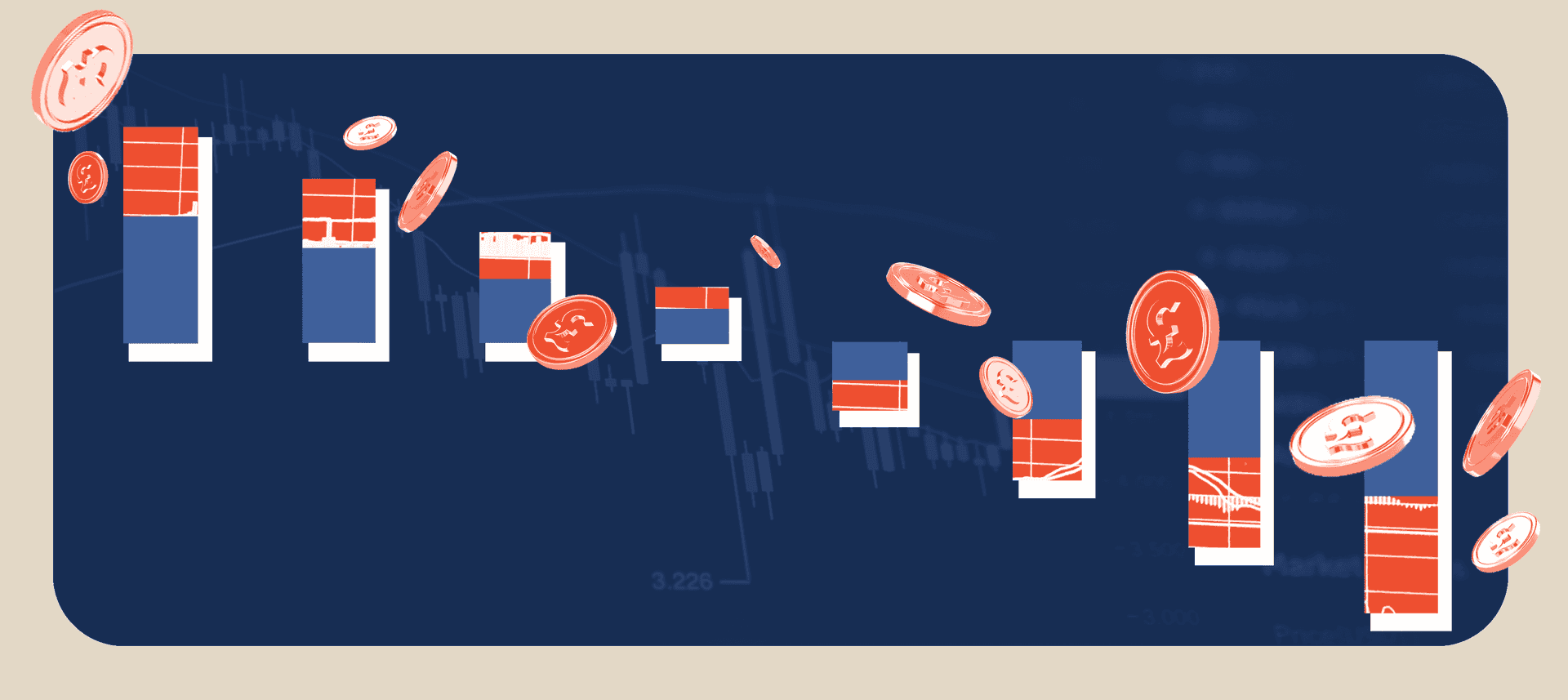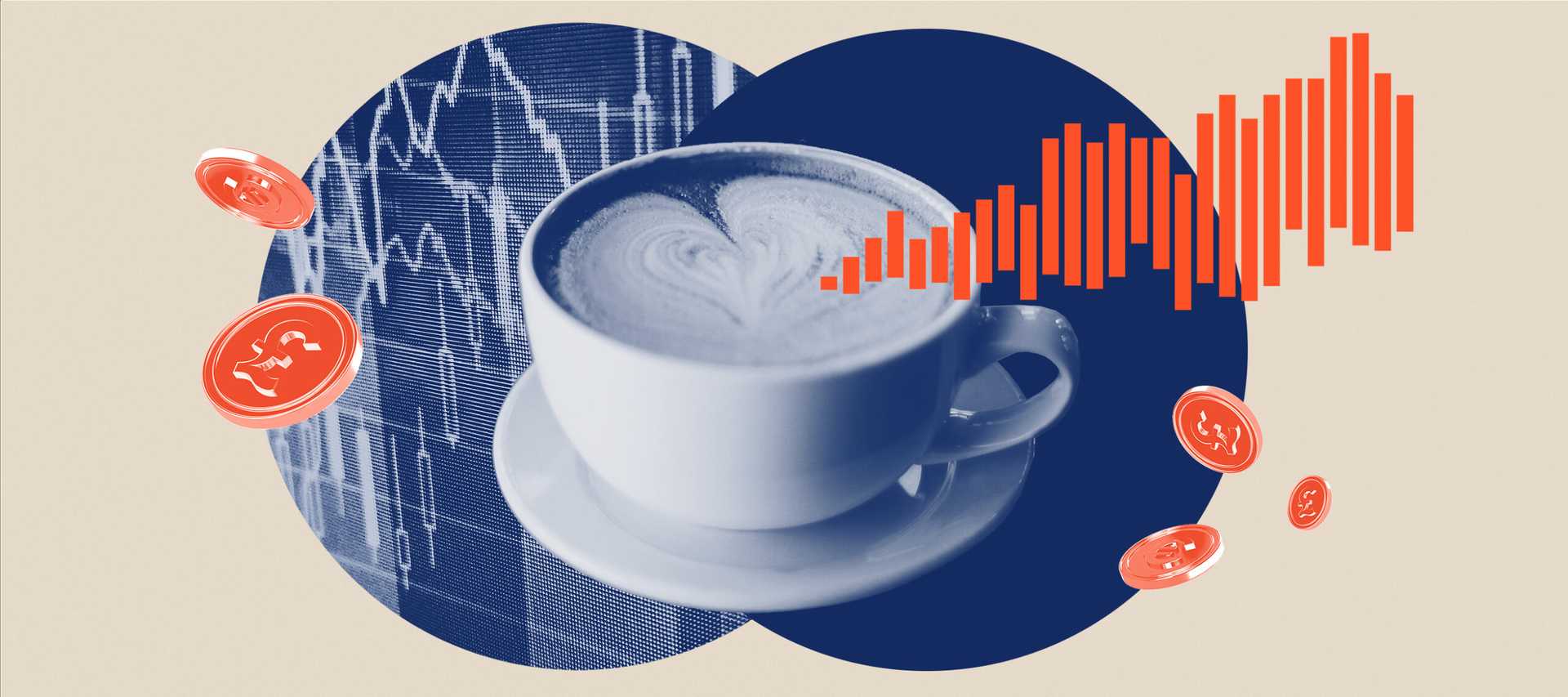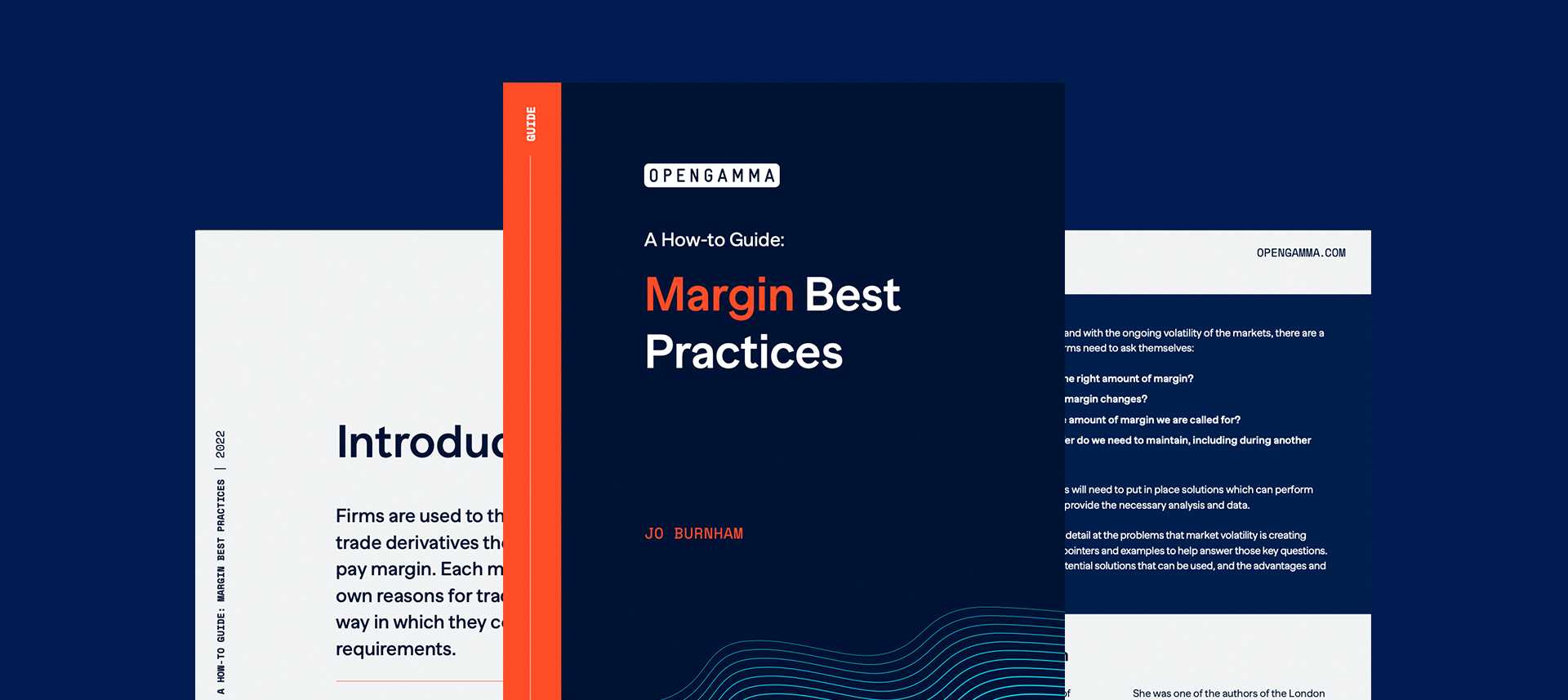Recent market volatility has highlighted how critical the ability to predict margin requirements is for firms trading derivatives. Events like COVID-19 pandemic and the Russian invasion of Ukraine, margin calls have been larger and more frequent, ensuring sufficient funds are in place to meet calls has been crucial.
Many firms have found themselves having to leave large buffers in place to make sure that they have sufficient funds to cover requirements. But this is costly and is having a detrimental impact on returns. Much better to forecast margin calls so that any buffer can be appropriately sized.
But what exactly needs to be forecast. Margin calls are made up of multiple components, but most importantly the level of Variation and Initial Margin requirements. Here we discuss the key factors involved in forecasting margin, and in particular the things that can make it difficult.
Why It’s Important To Forecast Margin Requirements
For a treasury department, being able to accurately predict margin requirements before it occurs, means they can be much more efficient in the way that they fund these calls. Reducing the reliance on leaving large buffers with brokers or having to quickly liquidate assets to release the necessary cash.
Predicting the likely level of margin requirements in advance can also help in any margin call disputes. It can provide more time to assess whether a request is reasonable and therefore to contest a call, rather than having to pay now and ask questions later because of deadlines.
What Do You Need To Consider To Forecast Margin Requirements
There are a number of things you need to consider in order to forecast margin calls.
The most important numbers to forecast are the Initial and Variation margin, but consideration also needs to be given to the type of forecasting that you want to conduct:
- How many days forward do you want to forecast? Are you interested in the potential call for the next day, for which an intraday calculation can be used as a proxy? Or are you more interested in likely margin levels over the next few days so that you can adjust buffer levels?
- Alternatively, rather than short term funding you may be more interested in long term funding. How much could the margin change over time? What might the impact be of expiring positions or changes in market conditions?
- When it comes to market conditions, are you interested in normal price changes, or is it more important that you understand likely margin requirements under stress conditions?
What Issues Might You Encounter When Forecasting Margin Requirements
Forecasting Variation Margin
The forecasting of Variation Margin is all about the prices. If you don’t have a good source of prices, whether that is intraday as a predictor for end of day prices or an understanding of how moves in one price are likely to affect others as part of a stress scenario, then estimates of likely Variation Margin requirements are going to be unreliable.
However, whatever type of scenario you are calculating Variation Margin under, you are likely to need to proxy the prices of many products. Intraday only certain contracts will trade and have prices available. Many products rely on other sources rather than trades to determine their settlement prices. Some are priced based on published standards or curves, while option pricing is dependent on the creation of end of day volatility surfaces, often relying on input from trading committees.
If you are looking at stress scenarios, these are usually defined as moves in a particular product, for example a series of moves in the underlying price of a single commodity, or basis point moves in interest rates on major currencies. It is then necessary to determine how these moves are likely to affect the other contracts within a portfolio. Here correlations are required between different products so that all prices can be moved and a realistic estimate of the impact on overall Variation Margin calculated.
Forecasting Initial Margin
Once likely price moves are determined it is relatively easy to forecast Variation Margin. The same cannot be said for Initial Margin. This is a much more complex calculation and there is no direct relationship between changes in market conditions and changes in Initial Margin requirements.
With Variation Margin, if you are trying to predict the next day’s requirements then you can probably assume that today’s trades will have minimum impact. The same cannot be said for Initial Margin. New positions can make a significant difference to the margin calculated, so it is important that these new trades are included within any forecast. Which means that end of day statements cannot be used as the source of positions for the calculation.
When looking at the impact of any price shock on Initial Margin this can be much harder to determine. Most CCPs are currently using SPAN as their Initial Margin algorithm and this relies on parameters which need to be set manually. This process takes place on a periodic basis, usually once a month unless there is a significant increase in market volatility when an immediate review might be instigated. If this review shows a change in parameters is required then normally a few days notice will be given, with rare exceptions in extreme cases when an immediate change in parameters may occur.
This means that when looking at the impact on Initial Margin of any stress scenario, it is not just the mathematics of the rate setting that needs to be taken into account, but also the margin parameter updating process. And when it comes to calculating the potential change in requirements, most CCPs are using VaR to set the SPAN parameters so analysis is required to determine the impact.
With the CCPs looking to move from SPAN to VaR this analysis will become more important and the impact of any price shock on Initial Margin requirements will be instant. This could be either because the shock impacts the scenarios used in the VaR calculation, or because Filtered Historical VaR is being used, where returns are scaled based on current volatility, with any increase resulting in all scenarios implying larger potential losses.
If forecasting longer term funding requirements, then techniques such as Margin at Risk can be used, based on an historical simulation of margin. However, this is easier said than done as it relies on rolling back current positions so that the expiries match with those available in the margin parameter files for historic dates. For some contracts this can be a straightforward process, but for others factors such as seasonality need to be taken into consideration.
Conclusion
For any forecasting you need to be clear about the use case you are looking at. The functionality required to support the prediction of your next margin call is very different to the calculations required for forecasting the appropriate size of any funding buffer.
However, whatever you are trying to forecast, many of the same issues exist.
Creating a full set of prices against all contracts within your portfolio requires an understanding of how different products are correlated as well as an understanding of how prices can be derived from available market data.
To evaluate the impact of any scenario on Initial Margin requires the ability to anticipate the way in which VaR will react to the market moves, as well as details on the processes followed by the CCPs for adjusting margin parameters.
Calculating Initial Margin under different scenarios, especially Margin at Risk, requires positions to be adjusted so that they match the data available in any margin parameter files, and reflect the expiries available at the time at which they were produced.
All these calculations require an understanding of the algorithms used by the CCPs, the files that are provided to support them and the way that each reacts to changes in time and market conditions. All this is beyond the knowledge required for standard margin replication.
Forecasting margin is possibly one of the most important use cases for margin best practice, ensuring that correct funding is always available without leaving unnecessarily large buffers in place. It can be one of the best tools in helping to maximise returns as it is not dependent on any change in trading or risk profile. However, it is also one of the most complex and therefore most difficult to implement.




